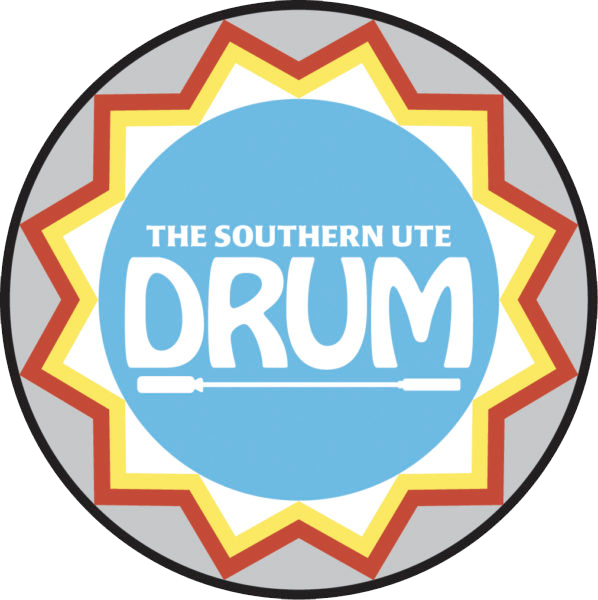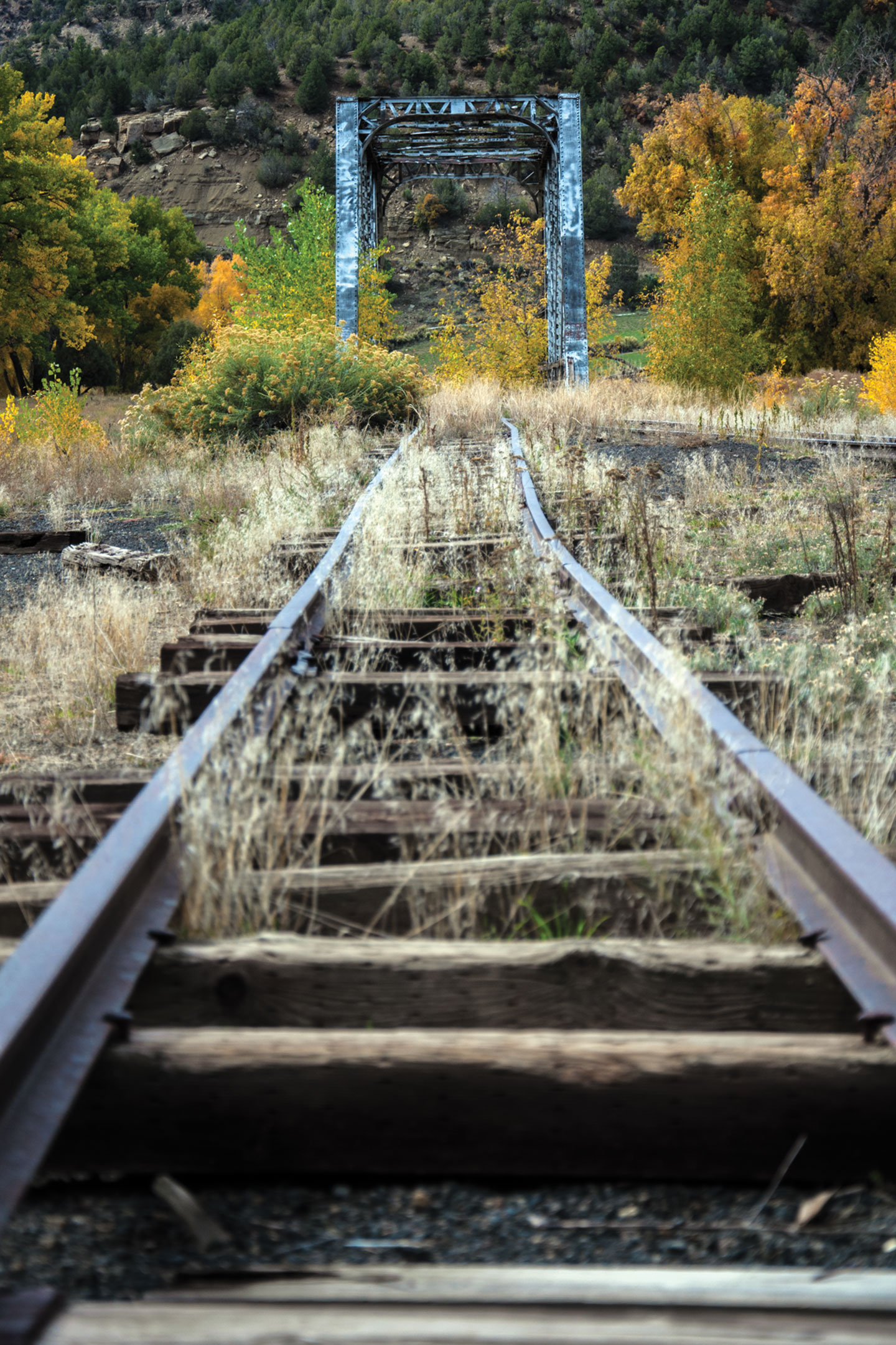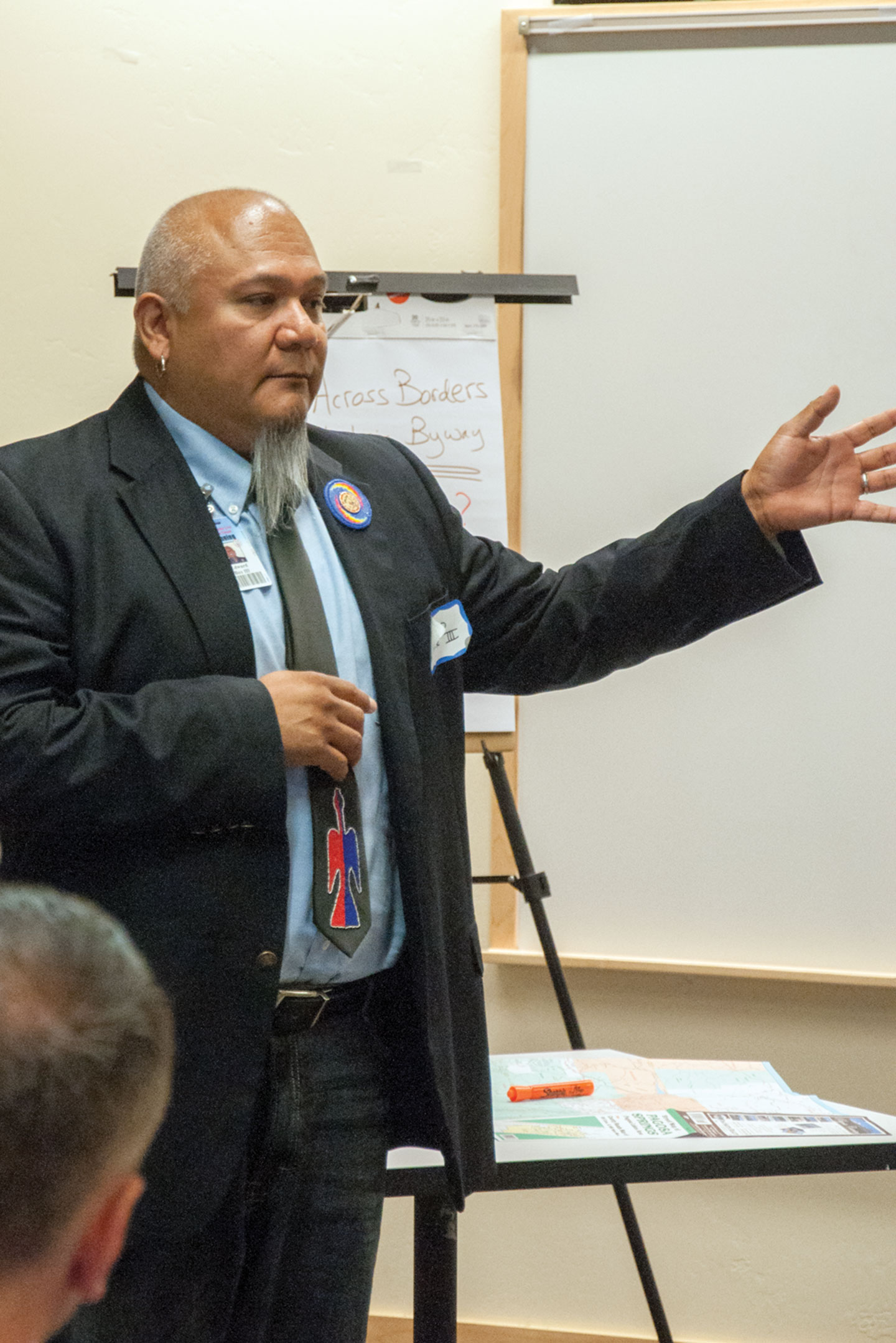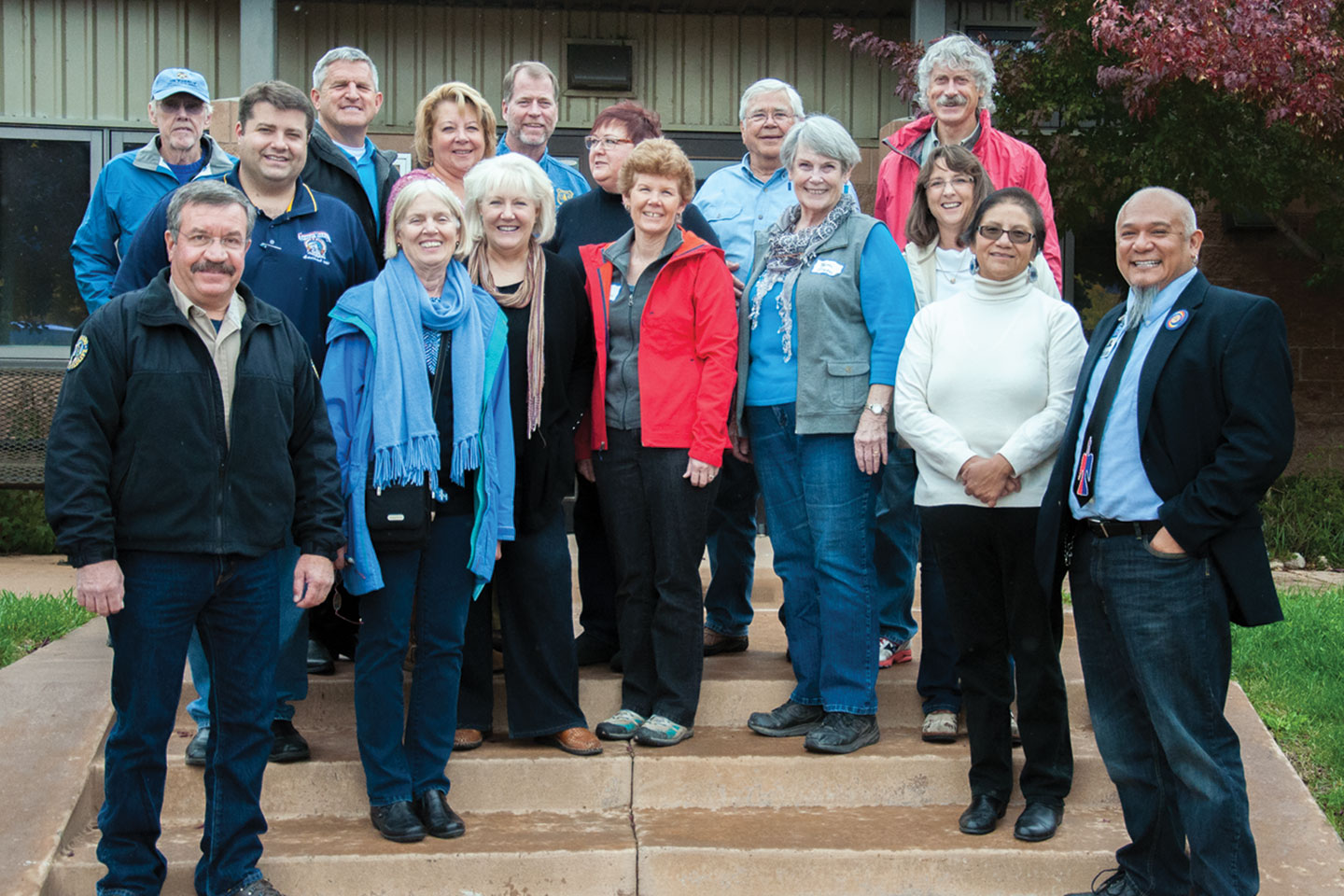Scenic byway through reservation may soon be reality



The Southern Ute Indian Tribe may be seeing a few more tourists to the area if the proposed state-to-state scenic and historic byway is approved.
The Southern Ute Tribal Planner Apprentice, Edward B. Box III and Culture Director, Elise Redd, took a tour of the 125-mile proposed route Friday, Oct. 10.
The byway route will follow the old route of the Denver and Rio Grande Railroad that ran between Durango and Chama, NM until the late 1960’s.
“We use to talk and have meetings with the Jicarilla Apache [Nation] about this,” Southern Ute Tribal Chairman, Clement J. Frost said. “The council and the Tribe has been in support of this for a long time.”
The byway was first proposed in the 1970’s shortly after the stretch of railroad from Chama to Durango was shut down, Box said.
The byway was only made a possibility thanks to the conceptual support of the Southern Ute Indian Tribe and the Jicarilla Apache Nation, Dan Love, early supporter of the byway, said. The state-to-state byway will pass through both reservations.
The tour through the Southern Ute Indian Reservation led the crew from Ignacio down CO Hwy 151 W to Arboles; then north to Chimney Rock; and back down to Indian Route 169 to Pagosa Junction, where the remains of the old railroad are most evident.
Though many tour attendees wanted to explore the deserted railroad tracks, the tracks are on Southern Ute private land.
Box said, this is where concerns about trespassing and land use control became evident.
“Having this [byway] open leads to possible trespassing by non tribal members on tribal land, and the need to increase patrol.”
With the increased traffic to the area the Tribe will need to figure out whose job it is to patrol the Southern Ute tribal land the byway will pass through, he said.
Another concern is the maintenance of roads, he said. The byway will pass through a variety of different roadways along the route.
According to Box, the development of a byway commission with representatives from all involved parties will help hash out problems and concerns.
The Southern Ute representative has not been selected yet, but will be appointed by Tribal Council, he said.
Though there are some preliminary concerns, Box believes there will be some benefits for the Tribe, tourism being number one.
“The [byway] can increase tourism to our reservation, casino resort and museum,” he said.
Though the Tribe has been in support of the byway, he said the Tribe has no funding commitment to the project.
There is no definitive date as to when the route will be named a scenic byway, but Box said this tour was a good update, and served as a chance for the Tribe to see what the byway has to offer.
“The [byway] all relies upon Tribal Council and where they want to take it,” he said.



